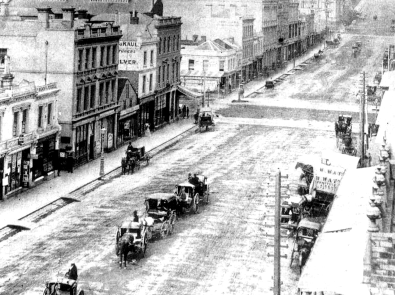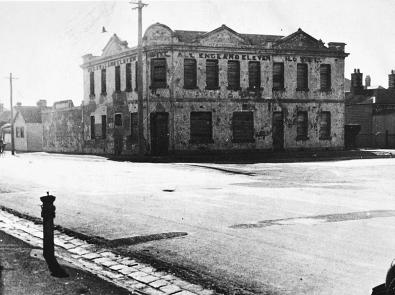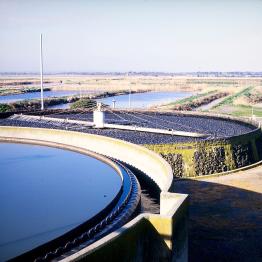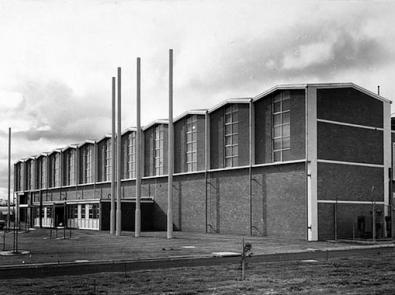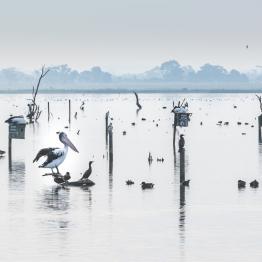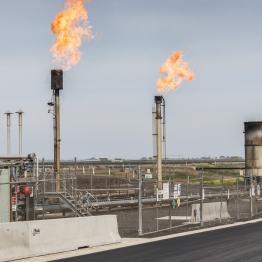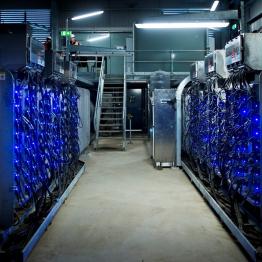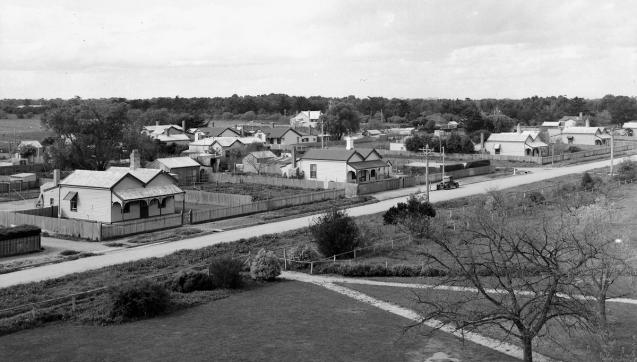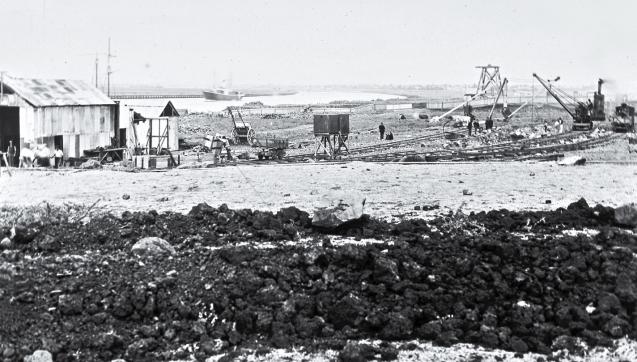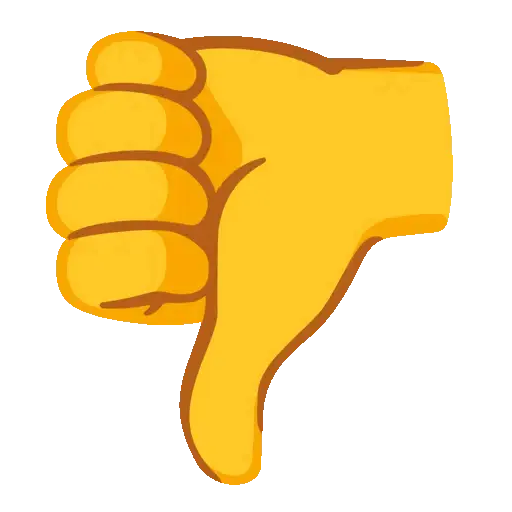Most Melburnians take our modern and efficient sewerage system for granted – but it wasn’t always this way. See how sewerage evolved: from the early days of ‘Marvellous Smellbourne’, to a future in sustainable resource management.
1800s: Melbourne’s early sewerage
Within the first 50 years of the new settlement, Melbourne’s unsanitary waste disposal had caused a health crisis. A Royal Commission was held to find a solution: building a sewerage system.
1830s: Open sewers and thunderboxes
Waste from houses and factories was emptied into open drains. These ran along streets and flowed into the rivers people used for water. As people drank this polluted water, diseases like ‘colonial fever’ (typhoid) quickly spread.
Did you know? Early toilets (called ‘thunderboxes’) were buckets in outdoor wooden closets. A nightman collected the waste each week, carting it to the edges of Melbourne to fertilise market gardens.
1851: Gold rush and Marvellous ‘Smellbourne’
The discovery of gold made Melbourne one of the world’s richest cities. It was also Australia’s largest, housing more than half a million people within a decade.
But more people meant more waste. Grand Melbourne became known as ‘Marvellous Smellbourne’.
1888: Royal Commission into health crisis
Facing a public health crisis, a Royal Commission looked for a solution for Melbourne’s waste. The answer was a network of underground pipes carrying sewage to a treatment farm: a sewerage system.
Sewerage system plans were drawn in 1889. In 1891, the Melbourne and Metropolitan Board of Works was formed to take responsibility for water and sewerage.
1897: First homes connected to sewerage
Construction began on the sewerage system in 1892. A pumping station was built at Spotswood to send waste to Werribee, where the Metropolitan Sewage Farm (now the Western Treatment Plant) was also being built.
The first homes were connected to the sewerage system in 1897 – a milestone for the city.
1900s: Expansion and modernisation
As Melbourne grew, so did its sewerage system. Another treatment plant and more pumping stations were built, and the Western Treatment Plant updated its treatment methods.
1940: Second treatment plant opens
Melbourne grew eastward, creating the need for a second treatment plant. This was Mordialloc’s Braeside Treatment Plant, delayed due to the Great Depression. The plant operated until the Eastern Treatment Plant opened in 1975.
Did you know? The Braeside Treatment Plant was turned into a public park: Braeside Park.
1964: A new pumping station for the west
The Brooklyn Pumping Station was built to keep up with a growing population. It replaced the Spotswood Pumping Station (which became the Scienceworks Museum in 1992).
The station’s eight large pumps push up sewage 25 metres, so gravity can then help it flow down to Werribee.
1975: Eastern Treatment Plant opens
Melbourne’s eastern suburbs quickly kept growing, requiring a second major sewage plant. The 1100-hectare South Eastern Purification Plant opened at Bangholme in 1975 .
It was renamed the Eastern Treatment Plant in 1994.
1982: Wetland of international importance
Under the Ramsar Convention, the Western Treatment Plant was listed as a wetland of international importance for waterbirds. Tens of thousands of birds visit each year – some flying all the way from Siberia!
Did you know? The Western Treatment Plant was declared a sanctuary for native animals in 1921.
1986: Modern lagoons installed
Lagoons were introduced to the Western Treatment Plant in the 1930s to treat sewage, alongside land and grass filtration methods. In 1986 the first modern lagoon was installed – one of the world’s largest, at 200 hectares in size. It uses mechanical aerators to speed up natural sewage treatment processes.
The site now uses three modern lagoon systems to treat just over half of Melbourne’s sewage.
1992: Hoppers Crossing Pumping Station
A second sewage pumping station at Hoppers Crossing was approved. It is one of Australia’s largest, capable of moving more than 5,000 litres of sewage a second!
Today, sewage travels from the Brooklyn Pumping Station to Hoppers Crossing, and then to the Western Treatment Plant.
2000s: Major treatment plant upgrades
Major upgrades to the Eastern and Western treatment plants reduced their environmental impact. They also produce more recycled water, marking a broader shift towards reusing resources.
1996–2004: Western Treatment Plant’s largest upgrade
In 1996, a CSIRO environmental study recommended reducing nitrogen entering Port Phillip Bay. This led to a $160 million upgrade of the Western Treatment Plant – the largest in its history.
This upgrade also reduced odours, and created electricity from sewage biogas (methane) and recycled water for Werribee’s farmers.
2012: Eastern Treatment Plant upgraded
Over time, sewage treatment technology improved and the public wanted better environmental standards. In 2006, an upgrade was planned for the Eastern Treatment Plant. This would see all sewage treated to Class A standard (the highest quality), using advanced tertiary treatment.
The upgrade reduced impacts on the marine environment. It also expanded ways to use the recycled water, such as on crops, gardens and golf courses.
2018: A strategy for the next 50 years
Melbourne's water industry released the Melbourne Sewerage Strategy to transform our sewerage system. It set a 50-year vision to evolve sewerage: from a method of ‘waste disposal’ to a sustainable way to manage and recover valuable resources.

